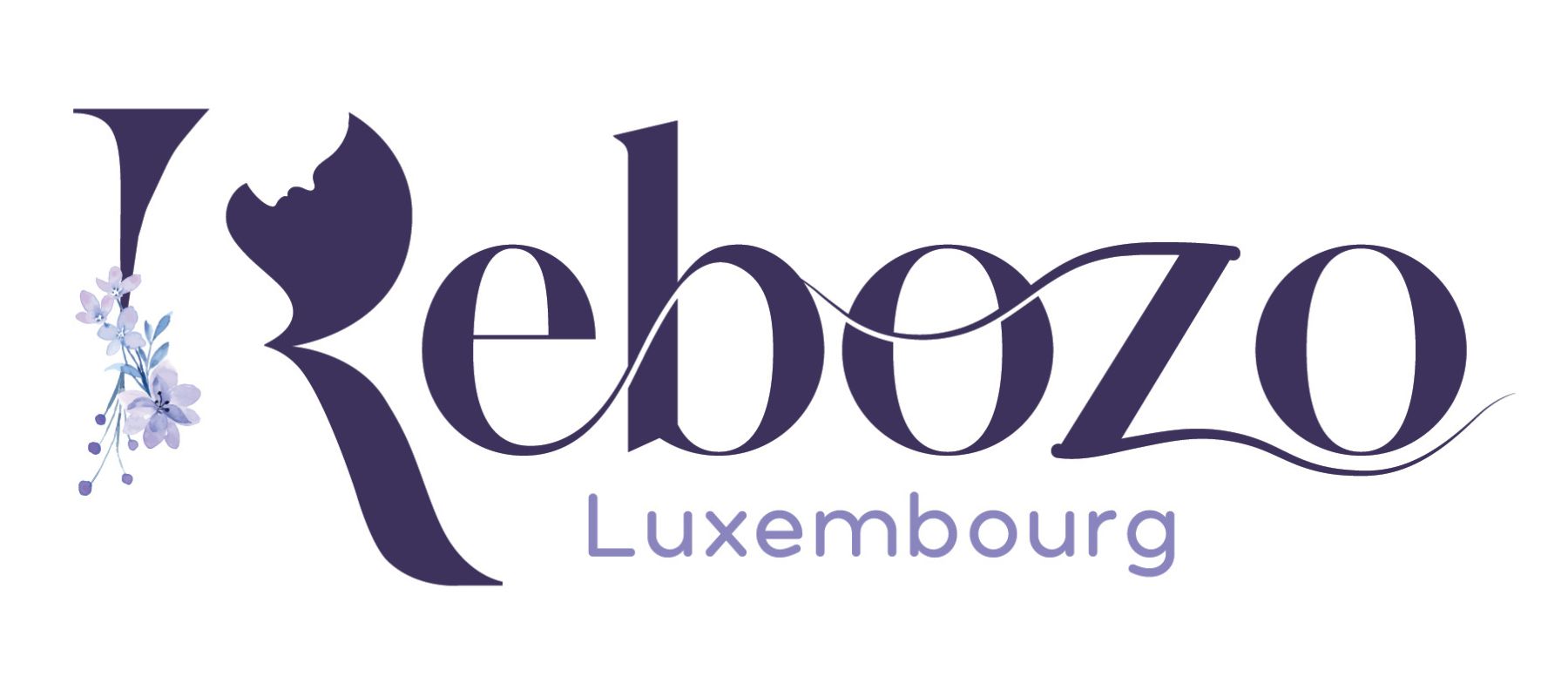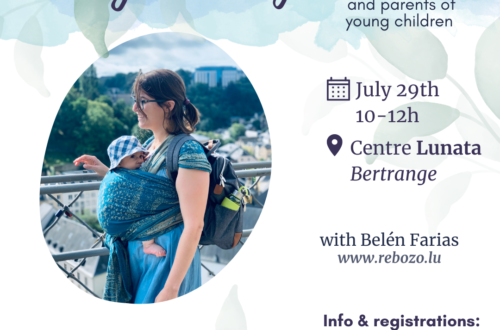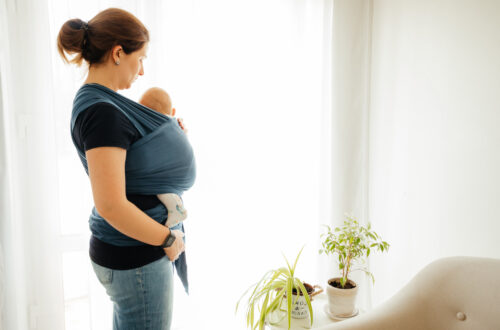Movement during Labor and Birth
“Movement is the only intervention with no risks and proven benefits.” Let’s go a bit deeper into understanding what this phrase really means.


Movement is the only intervention with NO risks and proven benefits
Ok, so you probably heard me say it a few times already. Movement is the only ‘intervention’ with no risks and proven benefits. Ok, but what does this mean exactly? Let’s go deeper into understanding the role of movement during labor and birth.
It is not uncommon during labor, specially in hospital settings, that a practitioner might (for many different reasons) suggest a medical intervention, such as artificial oxytocin to speed up labor, or even an episiotomy or the use of an instrument for the delivery.
In many of these situations, however, it is sufficient to encourage the laboring woman to move, or suggest a specific position, to resolve the issue!
Isn’t this incredible? Simply moving and changing positions might make a seemingly stalled labor progress again, a baby that seemed stuck descend, and many other wonders.
Favor upright positions and positions with a free pelvis
Ok, so now we know moving is always a good strategy. But what kind of positions should you try?
Well, as a general rule, think of:
![]() upright positions: let gravity help you! if you stand upright, gravity will do part of the work to help baby descend
upright positions: let gravity help you! if you stand upright, gravity will do part of the work to help baby descend
![]() positions with a free pelvis: this basically means that you have nothing hard blocking the bones of your pelvis and preventing it from opening to let your baby pass through! Lying on your back or sitting on the bed would be examples of a blocked pelvis, while sitting on a ball, being on your hands and knees or standing ar examples of a free pelvis.
positions with a free pelvis: this basically means that you have nothing hard blocking the bones of your pelvis and preventing it from opening to let your baby pass through! Lying on your back or sitting on the bed would be examples of a blocked pelvis, while sitting on a ball, being on your hands and knees or standing ar examples of a free pelvis.
What the research says
As we were saying, when in doubt, always opt for upright positions, and positions with a free pelvis.
But what are the concrete advantages of these positions? Here are some of the many advantages found by research:
✨ They actually reduce the length of labor: research shows that the first stage of labor is reduced by an average of 1h20m, and the second stage (from full dilation to the birth of the baby) is reduced by 35m in average, when women are encouraged to move and stay in upright positions
✨ No pressure on the aorta. Remember how they always tell you to not lie on your back during the last stages of pregnancy? Well… this is true also during birth! If you don’t lie on your back, you don’t put pressure on the aorta, which means plus oxygen for baby, and less babies that don’t do well during labor (thus triggering a whole bunch of other interventions).
Birth is movement
What do you think? Isn’t it quite cool that so much can be achieved with so little? Movement can doubtless make your labor and birth better and more enjoyable.
That is why I love teaching my Birth is Movement class. Being aware of the benefits of moving is so empowering!
If you want to know more, and deeply explore these concepts, both theoretically and in practice, you are invited to join the next edition of Birth is Movement, coming up on July 1st. It is already halfway full, so be sure to register if you don’t want to miss it! You can find all the information about this date and the registration form here.
If this date does not work for you, or you are reading it after it’s passed, check out the Events section to find out when the next one will be! Or contact me to arrange a private or semi-private session — in person, or online! So even if you are not in Luxembourg, feel free to drop me a line if you want to take the course!






